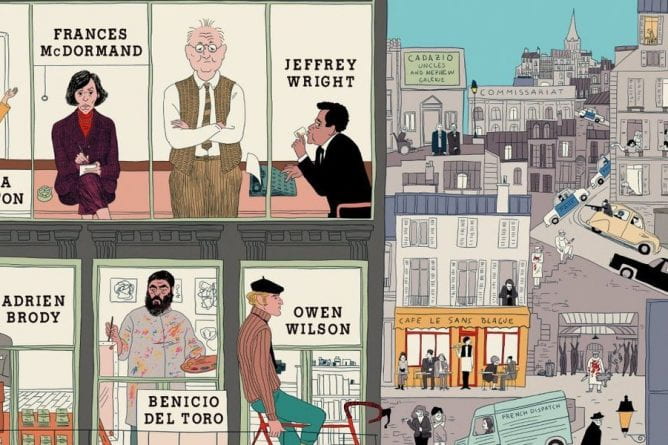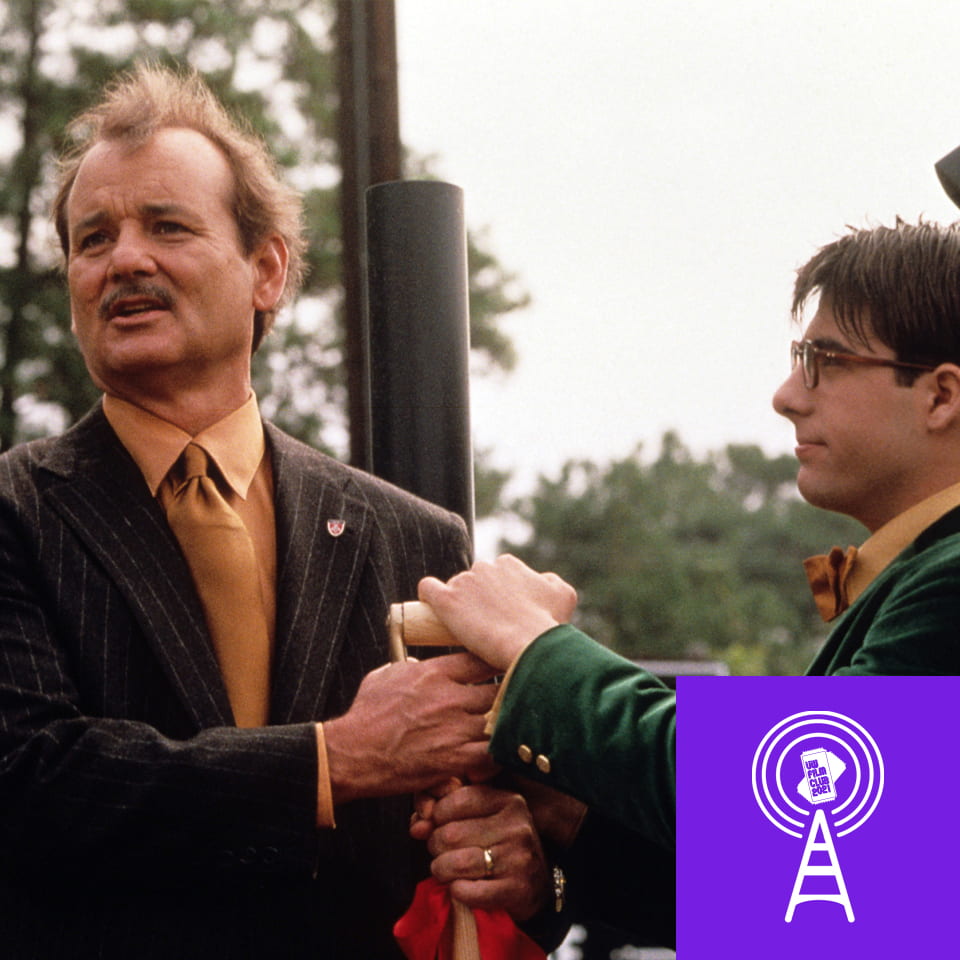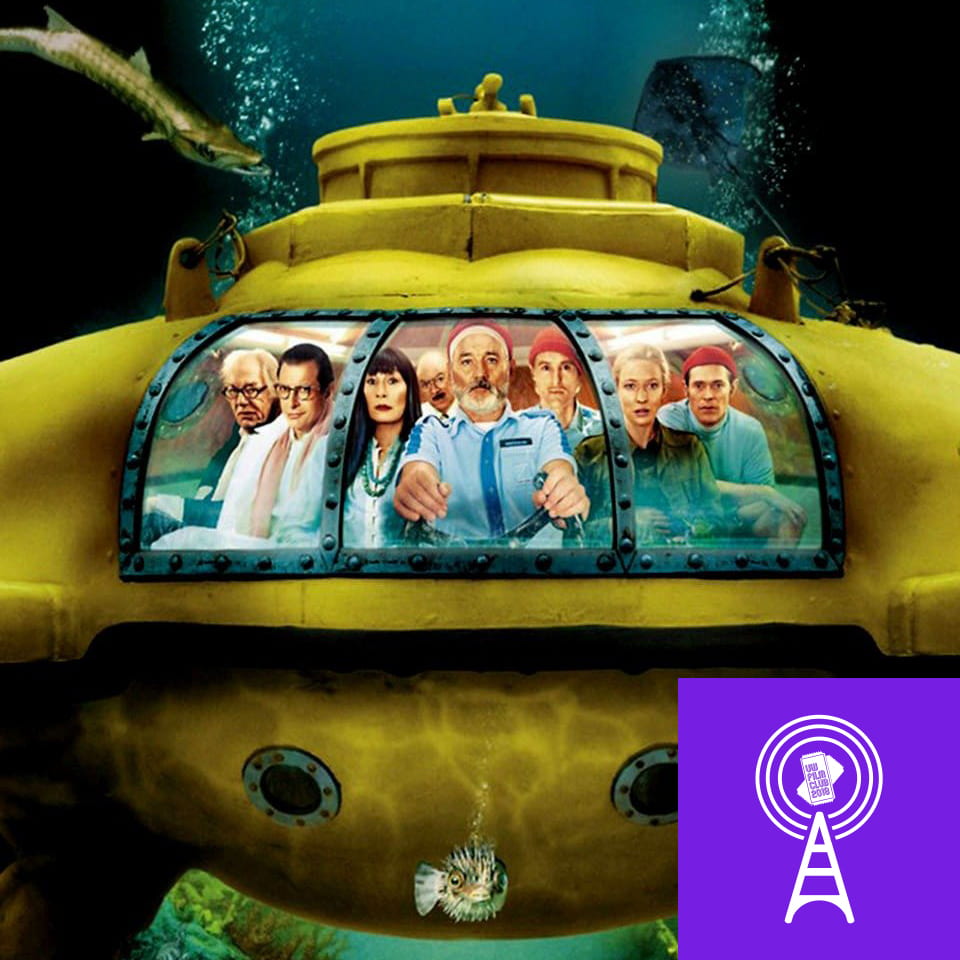There is a joy in settling down to read a special newspaper or magazine article, one where you know the writer is cataloging the unordinary. Something about an everyday medium that normally covers topics and records events we consider commonplace (sports, politics, violent crimes, etc.) instead chronicling astonishment and intrigue is uniquely appealing—perhaps because it reminds us that the world is not constantly a cold, dull place. Two of my favorite examples of these are “The ballad of the Chowchilla bus kidnapping,” which recounts the hijacking of a school bus and the nationwide fervor that followed, and “Pellet Ice is the Good Ice,” which takes a deep dive into a kind of ice cube that’s hard to come by and unrivaled in quality.
UW Film Club Podcast #74: The Royal Tenebaums
“I always wanted to be a Tenebaum podcaster!”
To attempt to finish off Cynthia’s quest of trying to figure out Wes Anderson, we are ending our Wes Anderson trilogy with a look into ‘Royal Tenebaums’! Continue reading “UW Film Club Podcast #74: The Royal Tenebaums”
UW Film Club Podcast #73: The Grand Budapest Hotel
“Rudeness is merely the expression of fear. People fear they won’t get what they want. The most dreadful and unattractive person only needs to listen to the UW Film Club Podcast and they will open up like a flower.”
After a hearty yet incomplete debate of “Why Wes Anderson?” in our last podcast, we decided to take a trip to Wes Anderson’s most well-known and astounding film, ‘Grand Budapest Hotel.’ Continue reading “UW Film Club Podcast #73: The Grand Budapest Hotel”
UW Film Club Podcast #72: Rushmore
“I guess you’ve just gotta find something you love to do and then… do it for the rest of your life. For me, it’s to podcast!”
With the school year coming to a close, we decided we will be kicking off our 2021 summer podcast series with a look back to our high school angst with Wes Anderson’s second feature film ‘Rushmore.’ Continue reading “UW Film Club Podcast #72: Rushmore”
Review: The World is Off Its Axis in Jim Jarmusch’s ‘The Dead Don’t Die’
The Dead Don’t Die played on June 8th at the Seattle International Film Festival, but will be making its return to year round SIFF on June 21st.
—
“The world is off its axis.” Though this tagline isn’t on the poster for Jim Jarmusch’s The Dead Don’t Die, it very well could be. You read the newspaper, check Twitter, talk to people outside and you begin to realize just how off-kilter the world is in 2019. This feeling of unbridled, societal chaos is at the heart of Jarmusch’s latest as it paints an apocalyptic world in parallel to our own.
Drawing from the well of 1950s and 60s B-rate horror films, the film focuses on the citizens of Centerville as they fight off zombies rising from their grave after a global incident. It’s a simple premise that lends itself to featuring the likes of Bill Murray, Adam Driver, Tilda Swinton, Selena Gomez, and more in the film’s star studded cast, but in its simplicity lies the distillation of the genre it pulls from. There are no complex inter-character relationships, subtle themes, or logical developments, but that seems to be exactly what the film is going for. B-rate horror films are typically devoid of any of those, and in the pursuit of replicating that, Jarmusch created a genre film that evokes that whole aesthetic.
In the name of aligning itself with its influences, the film takes on a very literal, on-the-nose approach to its meaning, often resulting in the film’s driest and funniest lines. Jarmusch’s sense of humor is extremely self-aware and tongue-in-cheek, making self referential statements, commentary on the obvious, and fourth wall breaking jokes to play up the film’s B-movie vibe. It’s consistent and explicit in its intent, and believing other wise would be a tough sell given the poetic precision of Jarmusch’s last film, Paterson.

The film is shameless in its overt meaning, but intentionally so. The film premises itself on the aforementioned idea that “the world is off its axis” in literal and metaphorical terms. After a fracking incident causes the Earth’s to be knocked out of alignment, polar fields are disrupted, day and night cycles are out of wack, and zombies start rising from the grave. With nods to climate change, societal trends, political unease, and the like, the film sets its apocalyptic world in a very realistic setting. Everything is one rung higher than our own reality, making for scenarios where we can laugh at slightly hyperbolic situations that bear truth after we leave the theater. The Dead Don’t Die is B-movie genre film that doubles as a poignant social commentary about the dismay in society. Where we see regressive decline all around us, we too may enter a world where zombies roam amongst us and society is brought to an end.
The cast is laden with stars, and luckily each one gets their own moment to shine. Murray, Driver, and Chloë Sevigny play a trio of semi-capable officers patrolling the town, stopping in on the film’s supporting characters periodically. Steve Buscemi plays a conservative farmer with an attitude, Caleby Landry Jones plays a rest stop clerk with an inkling for horror films, Tilda Swinton plays a coroner with hidden talents, and the list goes on and on. All these characters excel within the film and have at least one moment where they take center stage.
Full of great moments and characters, The Dead Don’t Die is another great outing by Jarmusch that distills the essence of its influences for a comedic zombie flick about contemporary problems. Keenly aware of its effects, the film hones in on genre tropes and plays with them to both pay homage to its influences and generate tongue-in-cheek humor about the world we live in. By presenting the end of society, it seems as Jarmusch is reconciling the insanity he sees around him. His answer: have fun and laugh at the madness, cause in the end, we’re probably all doomed.
3.75/5 STARS
UW Film Club Podcast #28 – Lost in Translation
“You’re probably just having a mid-life crisis. Did you start a podcast yet?”
We’re big fans of Sofia Coppola here at Film Club, so we were thrilled when Joel Garcia chose her 2003 Oscar winning, sophomore feature, Lost in Translation, for this week’s episode. We discuss where this film fits within Coppola’s filmography, its iconic moments, and how it perfectly encapsulates complex existential themes in well nuanced ways. Come find yourself and maybe sing some karaoke while you’re at it with the 28th episode of the UW Film Club Podcast!
On this week’s episode: Joel Garcia, Cynthia Li, and Greg Arietta.
You can find us on Facebook at /UWFilmClub, and on Twitter and Instagram @FilmClubUW. Make sure to rate, comment, and subscribe to our podcast on Apple Podcasts, Soundcloud, Spotify, and Google Play, and tune in every Monday for a new episode of the UW Film Club Podcast!
UW Film Club Podcast #25 – The Life Aquatic with Steve Zissou
“Yea, this podcast is pretty good isn’t it… I wonder if it remembers me.” On the 25th episode of the UW Film Club Podcast, guest Piper Coyner joins us in discussing one of Wes Anderson’s lesser known works: The Life Aquatic with Steve Zissou (2004). We talk about the abstract concepts Anderson conveys with his unique aesthetic, the necessity of a love triangle in the narrative, and the film’s unique look that often conceals the flaws within the film. Take a deep dive into the sea as we try to find the jaguar shark on episode 25 of the UW Film Club Podcast!
On this week’s episode: Piper Coyner and Cynthia Li
You can find us on Facebook at /UWFilmClub, and on Twitter and Instagram @FilmClubUW. Make sure to rate, comment, and subscribe to our podcast on Apple Podcasts, Soundcloud, Spotify, and Google Play, and tune in every Monday for a new episode of the UW Film Club Podcast!
Review: Wes Anderson’s Kid Friendly Allegory for Disenfranchisement In Isle of Dogs
After four years, we finally have Wes Anderson’s latest feature, Isle of Dogs — a two part story about a boy trying to find his dog and a government conspiracy causing the separation. Since Anderson’s last film, the social and political landscape has become rife with division due in large part to a certain individual, but it is in times like these where this film’s themes and messages become more pronounced for audiences.
The story is set 20 years in the future. The city of Megasaki is over run with dogs and an outbreak of dog fever frightens the city. As a precautionary measure, Mayor Kobayashi (Kunichi Nomura) signs an order that bans all dogs to Trash Island. After losing his dog Spot (Liev Schreiber), a young boy named Atari (Koyu Rankin) flies to the island to save him. There he meets a pack of dogs: Rex (Edward Norton), King (Bob Balaban), Boss (Bill Murray), Duke (Jeff Goldblum), and Chief (Bryan Cranston). Together the group goes on a journey to find boy’s best friend while a group of pro-dog student protestors led by foreign exchange student Tracey Walker (Greta Gerwig) try to expose a government plot that falsely demonizes canines.
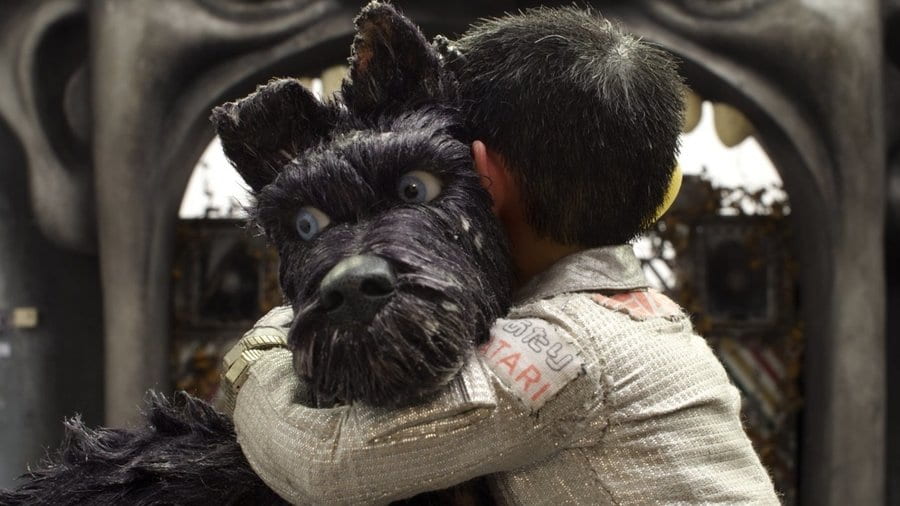
If that plot sounds eerily familiar, it’s because it draws stark parallels to current events. Even though the story is set in the future, it presents a vision of society not too far from our own, serving as an allegory for disenfranchisement and xenophobia in the modern era. Fear mongering from the government and government officials against dogs directly translates to our own reality as politicians rally against outsiders, and the relationship between Atari and Chief showcases how fundamental misunderstanding can lead to resentment. It’s a timeless and universal message that has an even greater effect with the reality we live in today.
Like Fantastic Mr. Fox, it’s surprising how effective these complex themes are translated into a kid-friendly package. Part of that is due to Anderson’s creative touch and how he uses his trademark Anderson-isms to disguise the message while simultaneously keeping the integrity of it. The prefect framing, the bright and clean color pallet, the ensemble cast of actors, and a beautiful score all amass to something very aesthetically appealing, but uniquely Anderson. Like all stop motion films (such as Laika’s offerings), the animation style has an eloquent, hand crafted look that makes you appreciate the time, care, and detail put into every frame, and when combined with Anderson’s guiding hand, it becomes even more captivating. Every Anderson film is a visual treat full of life, color, and character, and this film is no different.
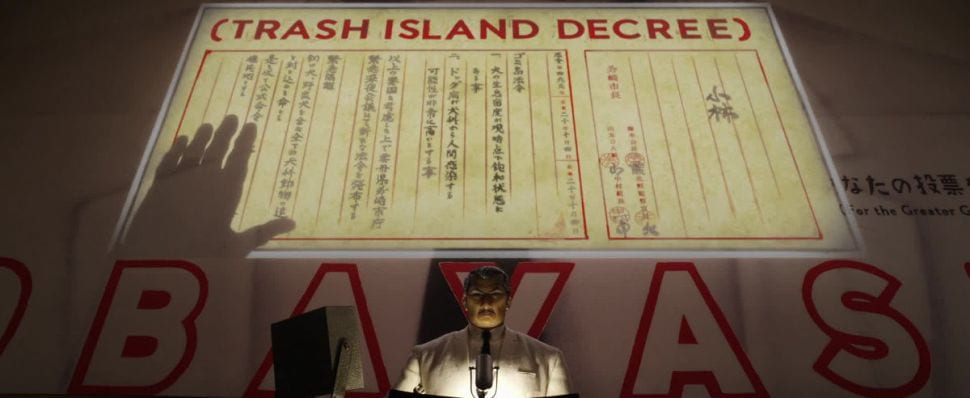
There is also the discussion about whether Anderson is appropriating Japanese culture. Before writing my own review, I read the perspective of other writers, and have linked two articles I found insightful: here and here. Though I found the film to be appreciative of the culture it portrays (rather than a harsh stereotype), the linked articles better serve the conversation than my words and understanding.
The best feeling I can convey about this film is joy; even though it makes you realize the harsh reality present today, its resolve is uplifting and makes you hopeful of the possibility for something better. At the end of the viewing, you’ll walk out of the theater into the divisive social landscape we inhabit and have a greater sense of compassion, kindness, and understanding for all human beings around you.
Score: 4/5
